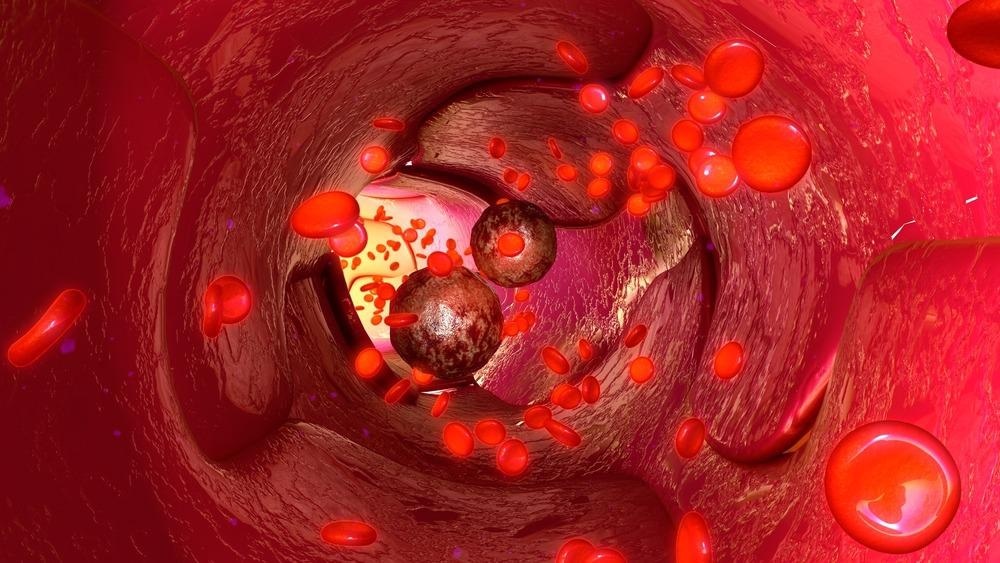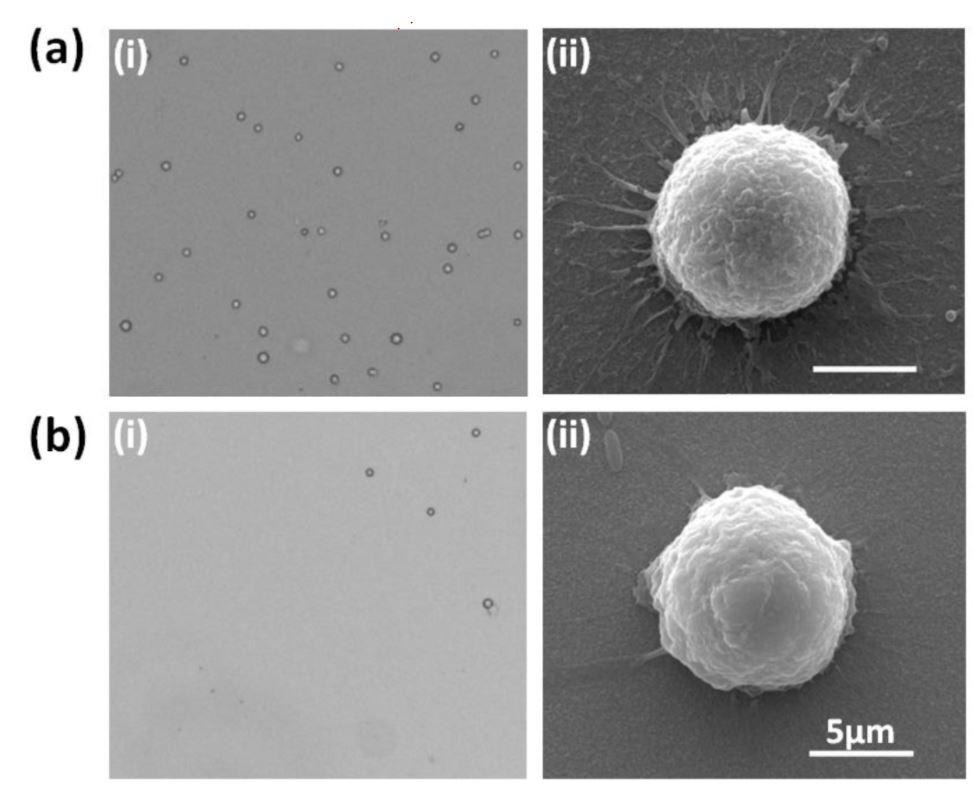Novel research concerning the capturing and non-destructive release of circulating tumor cells has been published in the journal, Micromachines. This research aims to utilize a chip modified with multifunctional gelatin-nanoparticles for biomedical applications.

Circulating Tumor Cells
Diagnoses of cancer have been a high concern worldwide; this can be seen by the estimated amount of cancer diagnoses in 2018, which was approximately 18.1 million cases. There were also 9.6 million deaths reported and these statistics have been predicted to increase to 24 million cases and 14.5 million deaths in 2035.
Cancer patients can display atypical symptoms at an early clinical stage. This is particularly concerning as with early gastric cancer, patients can be asymptomatic, or only manifest with mild and unalarming symptoms.
Symptoms include nausea and vomiting, which is are not very distinguishable from other milder illnesses such as the flu. Patients who experience this are often unaware of their cancer and as it advances treatment can be more complicated.
Metastasis, which is the spread of cancer into secondary sites from where cancer originated, is a significant factor in cancer-related mortality and is responsible for approximately 90% of treatment failures as well as cancer-related deaths.
However, the advancement in biomedical research for detecting cancer formation and metastasis at an earlier stage would enable earlier excision of tumors and reduce mortality rates.
Cancer cells are usually released into the bloodstream from the primary cancer site, aiding metastasis. These cells in circulation are known as circulating tumor cells (CTCs).
They can survive in circulation and grow at a new site in the surrounding tissue. However, while thousands of CTCs are released into the circulation, only a small number can be detected.
Using CTCs as Biomarkers
CTCs have the potential to be used as a biomarker as these cells are from the primary tumor mass and so can retain genetic information. Due to their entrance into the bloodstream at an early stage of malignancy, they can be used for potential early cancer diagnosis.
To this end, there has been increased research focusing on capturing these cells and finding simple and effective methods to distinguish them from normal blood cells for further analysis.
This is especially important as CTCs hold the potential to be an alternative to invasive biopsies or used for monitoring the efficacy of treatments and predicting prognoses.
Cell capture performance of GNP-modified chip and bare FTO chip. (a-i) Microscope image of cell capture performance by GNP-coated chip; (a-ii) SEM image of single cell attached on GNP-coated chip; (b-i) microscope image of cell capture performance by bare FTO chip; (b-ii) SEM image of single cell attached on bare FTO chip. © Xu, L., Ma, T., Zhang, K., Zhang, Q., Yu, M. and Zhao, X., (2022)
GNP-Coated Chip
The researchers of this study have designed a 1 cm x 1 cm transparent nanostructured substrate. To aid its efficiency of capturing cancer cells ensuring non-destructive release, the team added a gelatin nanoparticle (GNP) coating on a fluorine-doped tin oxide (FTO) glass.
This GNP chip is a mixture of proteins and peptides that are taken from animal collagen and can induce cell adhesion and proliferation. This has many benefits such as not causing immunity issues as well as being non-toxic.
Additionally, the production of gelatin nanoparticles and processes such as chemical modification of antibodies are simpler in comparison to chemical etching methods for substrate fabrication, such as soft lithography.
The size distribution of GNPs is between 150 and 300 nm, a beneficial characteristic as it can increase the local topography and provide a higher surface area to volume ratio, and this can ultimately enable the capturing of cancer cells more effectively.
Interestingly, the use of a low concentration enzyme matrix metalloproteinase solution can degrade GNPs, and this can stop the bond between the substrate and cells without damaging the cells, enabling the released cells to be analyzed to a higher degree.
Future Significance
The results of this research found this nanotechnology to have an advanced and innovative use for capturing CTC, with an efficiency of 89.27%; and this could be a promising tool for use as a biomarker in cancer diagnosis.
The CTCs also had a high efficiency of 91.98% when being released from the substrate as well as viability of 96.91%. This device was able to successfully capture CTCs from advanced cancer patients’ peripheral blood samples with seven patient samples having detectable CTCs, and two healthy blood samples that did not result in any capturing.
This research illustrates the potential of this device for clinical analysis of cancer diagnosis as well as for therapeutic monitoring that could inform prognoses more effectively. This microchip is low-cost, transparent and can be used for further immunofluorescence identification, which can aid in more effective management of cancer patients to ensure treatment plans are executed more efficiently and mortality rates are reduced.
References
Xu, L., Ma, T., Zhang, K., Zhang, Q., Yu, M. and Zhao, X., (2022) Multifunctional Gelatin-Nanoparticle-Modified Chip for Enhanced Capture and Non-Destructive Release of Circulating Tumor Cells. Micromachines, 13(3), p.395. Available at: https://www.mdpi.com/2072-666X/13/3/395/htm
Further Reading
Hu, X., Zang, X. and Lv, Y., 2021. Detection of circulating tumor cells: Advances and critical concerns (Review). Oncology Letters, 21(5). Available at: https://doi.org/10.3892/ol.2021.12683
Disclaimer: The views expressed here are those of the author expressed in their private capacity and do not necessarily represent the views of AZoM.com Limited T/A AZoNetwork the owner and operator of this website. This disclaimer forms part of the Terms and conditions of use of this website.